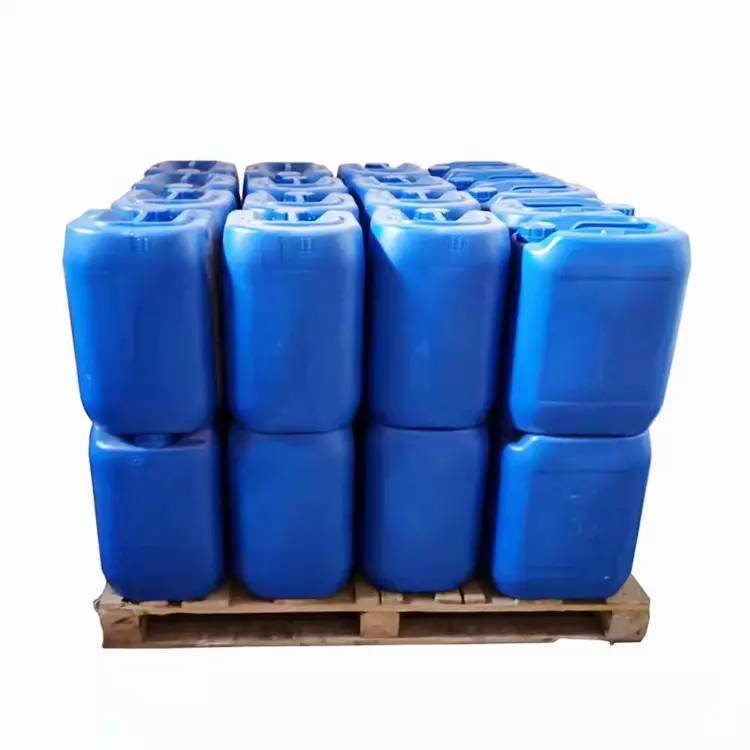Dioctyltin dimercaptoacetate (DBT-DOTG), as an efficient heat stabilizer and antioxidant, is widely used in the field of plastic additives. Especially in the processing and modification of polyvinyl chloride (PVC) and other polyolefin materials. Its unique mechanism of action and performance characteristics make it one of the key ingredients to improve the performance and extend the service life of plastic products. The following are several major applications of dioctyltin dimercaptoacetate in plastic additives:
1. Enhanced thermal stability
PVC materials are prone to dehydrochlorination reactions during processing and high-temperature use environments, resulting in material discoloration and reduced mechanical properties. Dioctyltin dimercaptoacetate can effectively capture the free radicals released during the degradation of PVC, prevent or delay this chain reaction, thereby significantly improving the thermal stability of PVC products. This is especially important for plastic products that need to undergo high-temperature processing during the production process, such as wire and cable insulation layers, plastic doors and windows for construction, etc.
2. Improved light stability and weather resistance
Because the dioctyltin dimercaptoacetate structure contains a thiol group, it can absorb and quench ultraviolet energy, reducing the damaging effect of ultraviolet rays on plastics, thereby improving the light stability and weather resistance of the product. This is of great significance for plastic products used outdoors, such as billboards, agricultural films, roofing materials, etc., which can effectively extend their outdoor service life and maintain good appearance and mechanical properties.
3. Improved transparency
In the production of transparent PVC products, dioctyltin dimercaptoacetate is a preferred additive because it can provide the necessary stability and protection while minimizing the impact on the transparency of the material. This is indispensable for products that require a high degree of transparency, such as transparent packaging materials, spectacle lenses, medical equipment, etc.
4. Processing performance optimization
The additive can also improve the processing properties of plastics, such as fluidity, mold release, etc. During processing, dioctyltin dimercaptoacetate can help materials better disperse and fuse, reduce processing defects, and improve production efficiency and product quality.
5. Eco-friendly alternatives
With increasingly stringent environmental regulations, the use of traditional lead salts and some toxic organotin stabilizers is being gradually restricted or banned. As a relatively low-toxic organotin stabilizer, dioctyltin dimercaptoacetate has become an ideal choice to replace these harmful substances and meets the market demand for environmentally friendly materials.
6. Composite Stabilizer Component
In practical applications, dioctyltin dimercaptoacetate is often used in combination with other additives such as phosphites, epoxy compounds, etc. to form a composite stabilizer system to further improve the overall performance and stability of plastic products with a synergistic effect.
In short, dioctyltin dimercaptoacetate plays an important role in the field of plastic additives due to its excellent stability and modification ability. Especially in the modern plastics industry that pursues high performance and environmental protection. However, its potential environmental impacts and human health risks also prompt researchers to continue to explore safer and more sustainable alternatives and technologies.
Extended reading:
DMCHA – Amine Catalysts (newtopchem.com)
Dioctyltin dilaurate (DOTDL) – Amine Catalysts (newtopchem.com)


